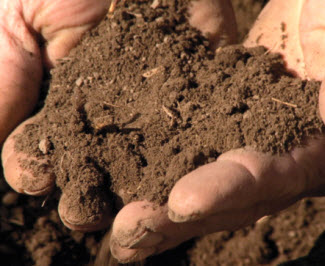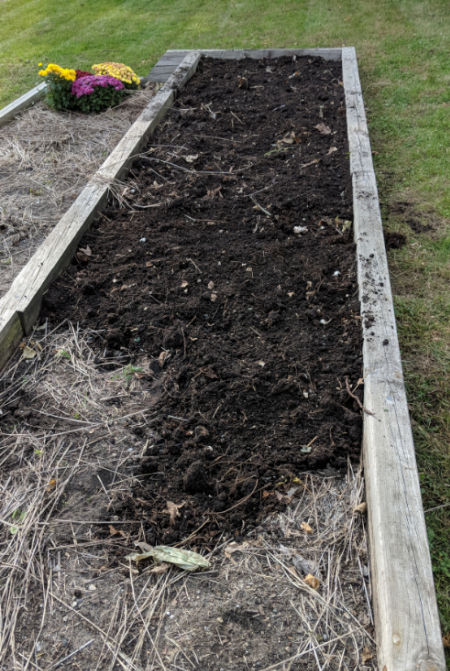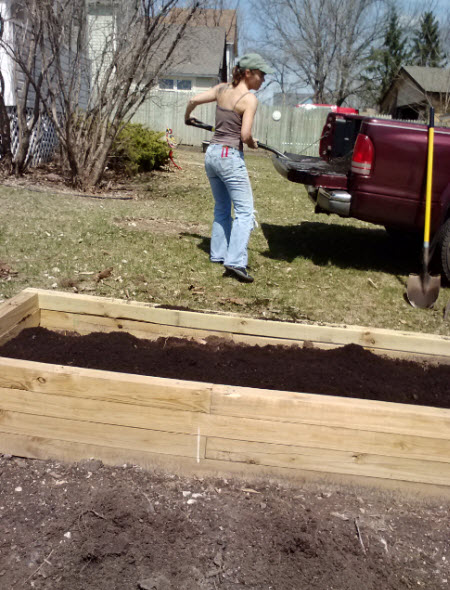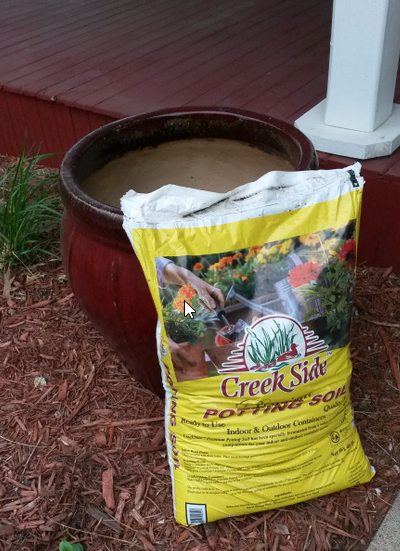Click below to listen to my 2 min. Garden Bite radio show: Soil structure and drainage
Audio PlayerWhile not a sexy subject… soil structure and drainage is a big deal!

If you peruse descriptions of a particular plants needs, they almost all say, prefers “well-drained soil”. What is that? It’s soil that contains enough pores, the gaps between soil particles, to allow air and water to flow freely. Ideally, the sand, silt and clay particles are arranged so they occupy only half of the space, leaving the other half as pore space. A 50/50 split is primo.

Now, most of us don’t have that in our yards. Our soils are more clay or more sand or compacted. One of the reasons we add compost is to fluff up the soil, which is the same thing as trying to get to that 50/50 split. One effective way to combat poor soil is to build raised beds and use a good soil.
More in-depth information on Soil Structure.
The vast majority of us do not have “ideal” soil. It’s a mix and that’s one of the prime reasons we had organic matter…

One effective way to combat poor soil is to build raised beds and use a good soil. I suggest checking out Creekside Soils.


An easy way to gauge the drainage of your soil is to dig a square hole about 1 foot deep and wide, fill it with water and allow it to drain completely. Immediately refill the hole with water and place a ruler in it to measure the water’s depth. After 15 minutes, measure how much the water has fallen; multiply this by 4 to calculate how much the water will drain in one hour. An hourly drop of less than an inch indicates poor drainage. In well-drained soil, the drop in water level will be 1 to 6 inches per hour. Soils that drain more than 6 inches per hour are considered dry.

More resources:
How to do a percolation test – Grey water action
Soil basics from Soil Science Society of America

